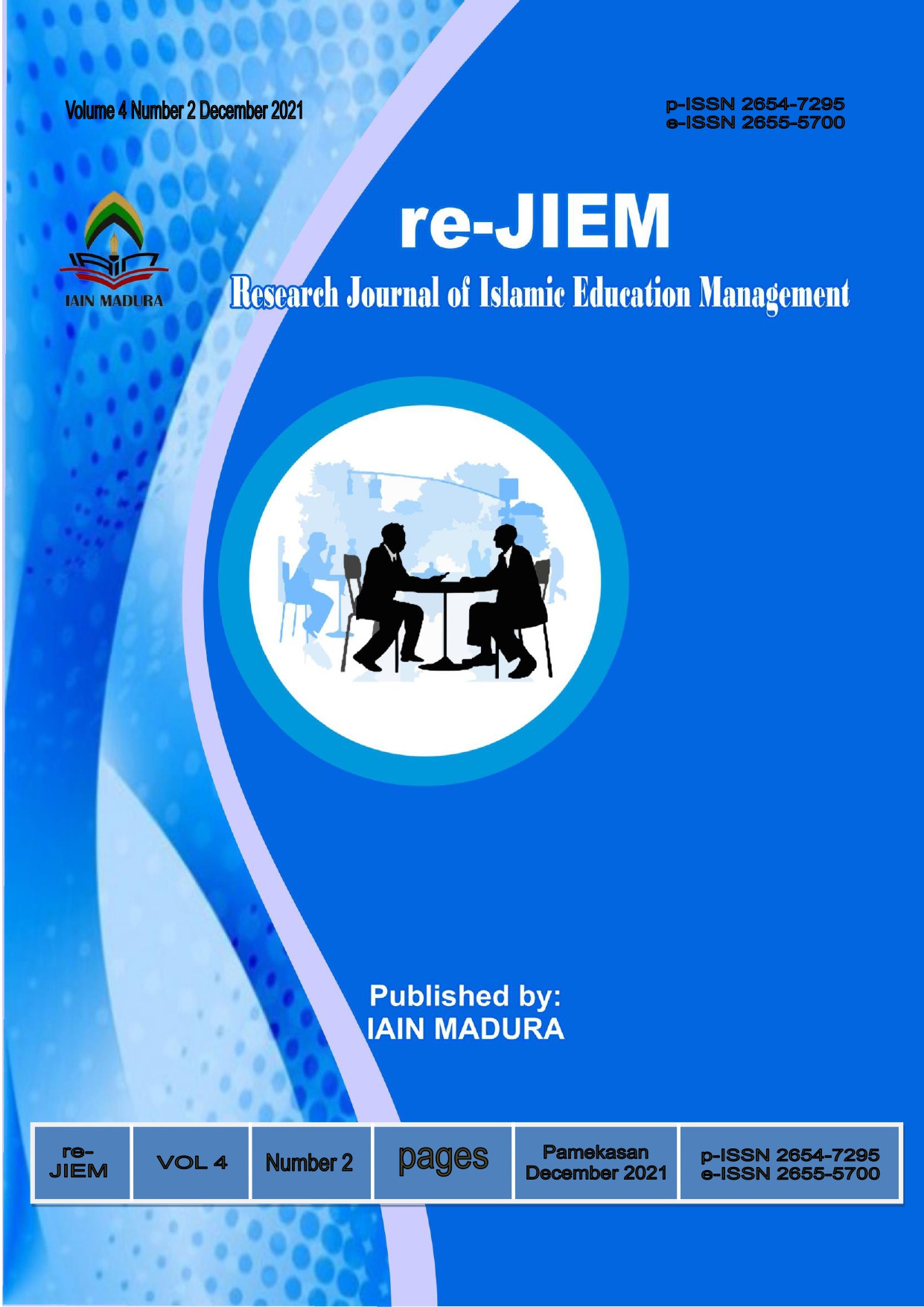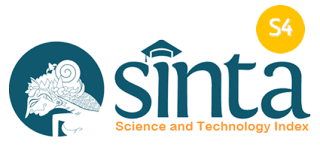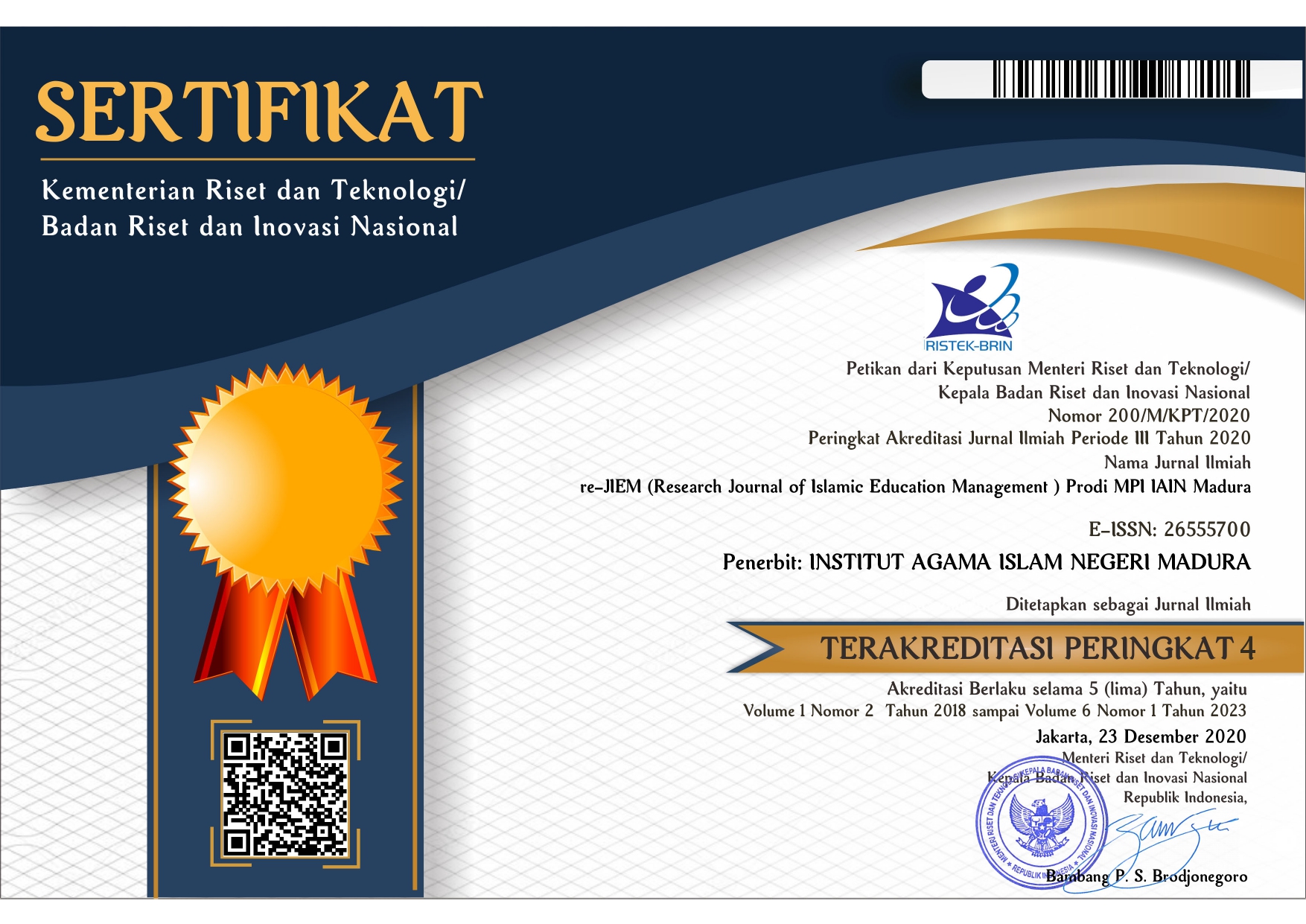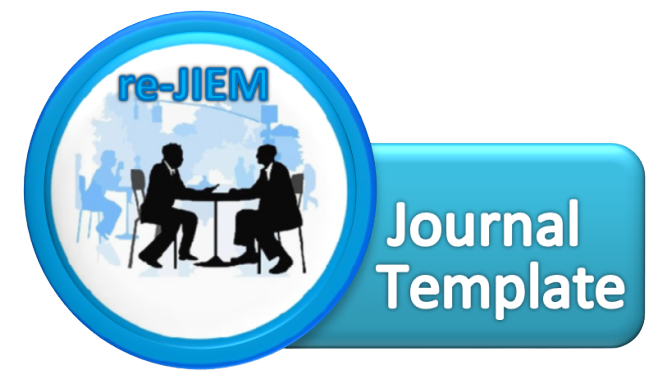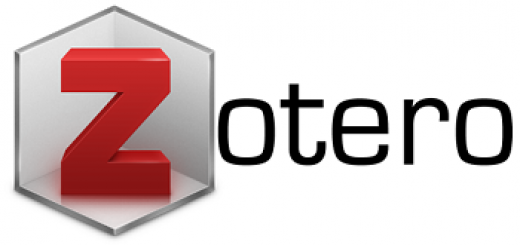INTERPERSONAL CONFLICT BETWEEN STUDENTS IN SCHOOL: HOW DO THE PRINCIPALS RESOLVE IT?
 Abstract views: 232
,
Abstract views: 232
,
 PDF English downloads: 217
PDF English downloads: 217
Abstract
The principal is a person who determines the central point of a school institution which has a complex role, including in resolving conflicts. Conflict is a conflict in human relations between one party and another that arises from differences that result in positive and negative things.
Downloads
References
Eni Wa & Jahada, “Faktor-faktor Penyebab Konflik Interpersonal Siswa dan Upaya Penanggulangannya”, Jurnal Bening, Vol. 4, No. 2, Juni 2020
J. Al-Fatih Amin, “Strategi Kepala Madrasah dalam Mengelola Konflik di MA Al-Hikmah Jakarta”, UIN Syarif Hidayatullah Jakarta, 2020
Muslim Ahmad, “ Manajemen Konflik Interpersonal di Sekolah”, Jurnal Paedagogy, Vol. 1, No. 1, 2014
Muflihah Anik & Arghob Khofya Haqiqi, “Peran Kepaa Sekolah dalam Meningkatkan Manajemen Mutu Pendidikan di Madrasah Ibtidaiyah”, Jurnal Quality, Vol. 7, No. 2, 2019
Nai Hendrikus & Wiwik Wijayanti, “Pelaksanaan Tugas dan Fungsi Kepala Sekolah Pendidikan Menengah Negeri”, Jurnal Akuntabilitas Manajemen Pendidikan, Vol. 6, No. 2, September 2018
Puspita Weni, “Manajemen Konflik (Suatu Pendekatan Psikologi,Komunikasi dan Pendidikan)”, Yogyakarta: Deepublish, 2012
Rusdiana, “Manajemen Konflik”, Bandung: CV. Pustaka Setia, 2015
Juliantoro Mohammad, “Peran Kepala Sekolah dalam Meningkatkan Mutu Pendidikan”, Jurnal Al-Hikmah, Vol. 5, No. 2, Oktober 2017
Rahmah Nurilatul Yahdiani, dkk, “Peran Kepemimpinan Kepala Sekolah dalam Meningkatkan Kualitas Peserta Didik di SDN Martapuro 2 Kabupaten Pasuruan”, Jurnal EduPsyCouns, Vol. 2, No. 1, 2020
Putri Puspita Magda, “Kepala Sekolah dan Manajemen Konflik di Lembaga Pendidikan Islam“, Jurnal E-Komunikasi, Vol. 5, No. 1, 2017
Copyright (c) 2021 Moh. Badruddin Amin

This work is licensed under a Creative Commons Attribution-ShareAlike 4.0 International License.
Authors who publish with this journal agree to the following terms:
Authors retain copyright and grant the journal right of first publication with the work simultaneously licensed under a Creative Commons Attribution-ShareAlike 4.0 International License that allows others to copy and redistribute the material in any medium or format with an acknowledgment of the work's authorship and initial publication in this journal and also allows to remix, transform, and build upon the material for any purpose, even commercially with contributions under the same license as the original.
Authors are able to enter into separate, additional contractual arrangements for the non-exclusive distribution of the journal's published version of the work (e.g., post it to an institutional repository or publish it in a book), with an acknowledgment of its initial publication in this journal.
Authors are permitted and encouraged to post their work online (e.g., in institutional repositories or on their website) prior to and during the submission process, as it can lead to productive exchanges, as well as earlier and greater citation of published work.


